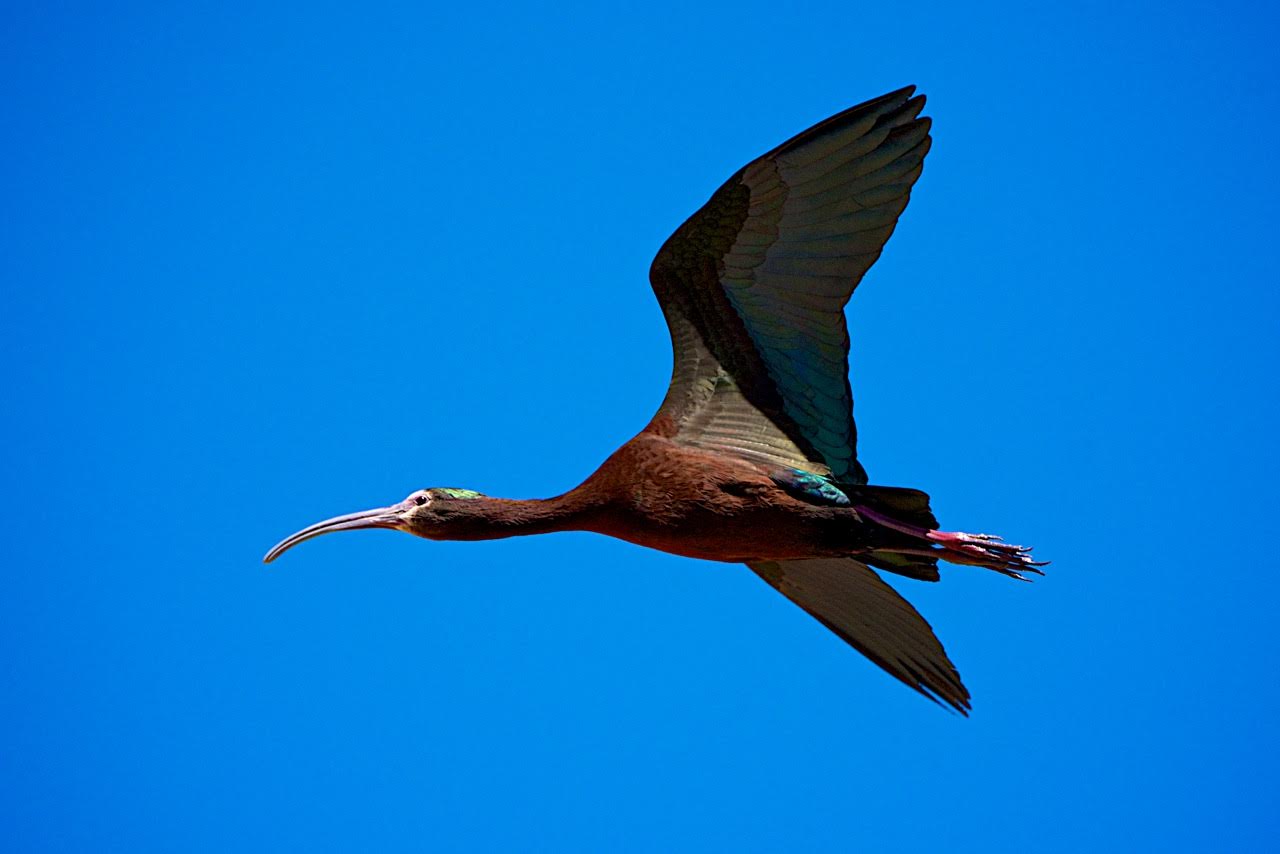Some information may be outdated.
One way to learn about the changing environment is to watch birds on International Migratory Bird Day.
“Any long-term birder will tell you we see way fewer birds – species and individuals,” Moab Bird Club member Kay McLean said. “The populations have definitely declined. That’s why we have groups like The Nature Conservancy,” a conservation organization that manages Moab’s Matheson Wetlands Preserve, home to more than 200 species of birds, amphibians and mammals.
Moab Bird Club members, in collaboration with the Utah Division of Wildlife Resources and The Nature Conservancy, are inviting the public to join them on Saturday, May 7, from 8 to 11 a.m., for this year’s event at the Matheson Wetlands, 934 W. Kane Creek Blvd. From 8 to 11 a.m., they’ll be observing and noting the kinds of birds that stop in Moab during their journeys north for the summer.
The purpose of International Migratory Bird Day is to emphasize the need for conservation, and to get people out enjoying nature, McLean said.
“Migratory birds face such trials and tribulations, between cats and habitat loss, here and in Latin America,” McLean said. “Feral cats kill millions and millions of birds every year in the United States.
“Birds are critical for our lifestyle, and food supply,” she said. “They eat an enormous amount of insect pests, which are way healthier for us than using pesticides.”
McLean said she was introduced to birding when she was a junior high school student. She was invited to go on a bird walk, and “it changed my life,” she said.
During last year’s birdwatching event, approximately 30 participants located, identified and counted 460 individuals of 49 different species. Some of the birds were pausing to rest and feed at the preserve while on their way to breeding grounds further north, while others were establishing nesting areas, preparing to join Moab’s permanent resident birds, according to the Moab Bird Club.
“We expect to see shore-, and migrating songbirds; possibly hawks, and eagles, and maybe a falcon or two,” said Marian Eason, a Moab Bird Club member for the past 23 years.
Eason said she’s noted fewer blackbirds than in the past – something she attributes to the current drought condition. Birds do change their routes occasionally due to the weather, she said.
Eason will lead one of the four different groups, each of which will take a different route.
Since Moab began its local International Migratory Bird Day event three years ago, 68 species and 1,222 individual birds have been counted, the results of which were sent to a national database. The collected data provide insight regarding spring migration and numbers on resident and migrating species.
“People who study birds and try and protect habitat can look at our data over the years and see trends in bird populations,” McLean said. “It can help wildlife managers enhance habitat.”
The Moab Bird Club meets the third Tuesday of every month in members’ homes. The club hosts several field trips each year, including the Christmas Bird Count, and a fall outing to look for migrating raptors heading south.
“We encourage beginners on all of our field trips – it’s a good way to learn,” Eason said.
Those who wish to participate in the outing are encouraged to bring binoculars and water, and to wear sturdy shoes.
Learn to identify migratory birds with experienced birders on May 7
“People who study birds and try and protect habitat can look at our data over the years and see trends in bird populations … It can help wildlife managers enhance habitat.”
When: Saturday, May 7, from 8 to 11 a.m.
Where: The Nature Conservancy’s Scott M. Matheson Wetlands Preserve, 934 W. Kane Creek Blvd.
Cost: Free
Information: 435-259-6199
For more information, contact Kay McLean at 435-259-6199, or Marian Eason at 435-259-6447.
Appreciate the coverage? Help keep local news alive.
Chip in to support the Moab Sun News.





